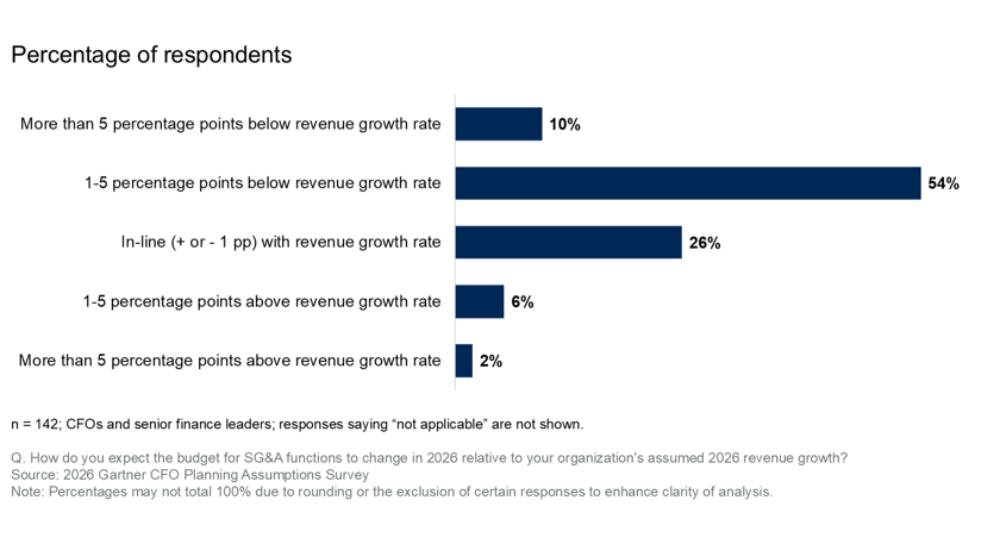Concerns about the potential for quantum computers to break existing cryptographic standards have inspired a broad search for new alternatives. These post-quantum cryptosystems will need to be robust against attacks by both classical algorithms and emerging new quantum algorithms.
This search has inspired a broad competition organised by the US National Institute of Standards and Technology to identify the most promising candidates from the security and performance perspectives. Last year, NIST whittled down its shortlist to seven finalists and eight alternative candidates from 82 initial proposals.
The competition looks at some of the best approaches for two kinds of applications: public-key encryption, and digital signatures. As part of this competition, researchers explore several families of cryptographic algorithms. The NIST competition’s primary goal is to identify the best algorithm across many families of post-quantum cryptosystems such as lattice-based cryptography, code-based cryptography, multivariate-based cryptography, or hash-based cryptography.
“NIST will probably standardise several candidates from different families of post-quantum cryptosystems in order to mitigate the risks associated to the deployment of post-quantum cryptography,” said Dr Loïc Bidoux, Senior Cryptographer at the Technology Innovation Institute.
As the NIST has announced that a new call for proposals for digital signatures will be issued for the fourth round of the competition, Dr Bidoux said. “I expect several code-based signatures to be submitted to the fourth round of the NIST competition following recent results in the field.”
The new library
Researchers at the Technology Innovation Institute’s Cryptography Research Centre, along with their academic partners, have introduced the world’s first rank-based cryptography library. Rank-based cryptography is a sub-part of a code-based cryptography. The core ideas arose from research into how error-correcting codes techniques could be applied to cryptography.
There are two critical aspects of implementing these rank-based systems. First, the algorithms need to perform a special kind of arithmetic operations, and second, dedicated decoding algorithms need to be supported.
Researchers had previously developed libraries for these arithmetic operations. But these implementations were not tailored nor optimised for rank-based cryptography. Therefore, the new library outperforms existing libraries on these operations in the specific context of rank-based cryptography. In addition, this library is also the first effort to implement and maintain the dedicated decoding algorithms used by rank-based cryptosystems.
Available for research
The rank-based cryptography library originated from RQC and ROLLO, two rank-based candidates that were submitted to the NIST post-quantum standardisation process. Indeed, one requirement of the NIST competition was that teams would submit implementation of their proposed cryptosystem.
The new library is entirely public and available for other researchers to experiment with. Dr Bidoux said that “by making the rank-based cryptography library public, we aim to promote and foster community efforts on code-based cryptography in the rank metric setting.”




